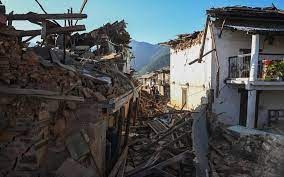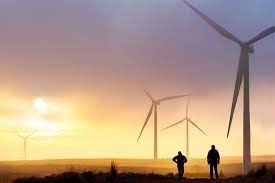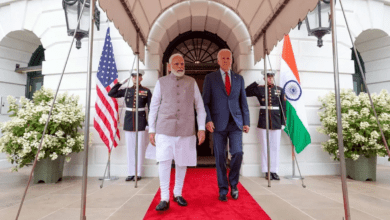Following a powerful earthquake that left at least 157 people dead, Nepal quickly dispatches relief and begins rescue operations.
As the death toll from the powerful earthquake that rocked northwest Nepal in the middle of the night increased to 157 on Saturday, survivors reported abrupt shaking followed by buildings falling and burying whole families.
According to local media, the majority of those slain were crushed by rubble when their homes, which were often constructed by piling logs and rocks, collapsed under the power of the earthquake around midnight on Friday.
Rescuers were rushing to get help, but most of the mountain settlements were only accessible by foot, making operations difficult. The earthquake also caused landslides that obstructed roads. There were soldiers saw attempting to unclog the jammed highways.
Deputy Prime Minister Narayan Kaji Shrestha said on Saturday that the administration is working to provide the affected districts with as much relief as possible. After hundreds of people became homeless over night, food, medication, and tents were airlifted in.
“It began shaking rather badly when I was sound sleeping. When I attempted to flee, the home fell apart. One of the first persons sent to the regional hospital, Bimal Kumar Karki, stated, “I tried to escape, but half my body got buried in the debris.”
“I cried out, but all of my neighbors were in the same predicament and yelling for assistance at the same time. Before rescuers reached me, it took around 30 to 60 minutes,” he claimed.
Another wounded guy who was being treated in a hospital told the same story of being buried as he slept.
“I was sleeping when the house caved in at around ten or eleven o’clock at night and it began to shake.” With his head covered in a white gauze, Tika Ram Rana said, “So many houses have collapsed and so many people have been buried.”
Rescuers’ main goal was to locate survivors in addition to providing help.
Footage of military retrieving remains as others assisted in excavating and transporting the wounded was shown on local media.
According to the U.S. Geological Survey, the earthquake occurred at a depth of 11 miles (18 kilometers) and had a preliminary magnitude of 5.6. The epicenter of the earthquake, according to the National Earthquake Monitoring & Research Center of Nepal, occurred near Jajarkot, some 400 kilometers (250 miles) northeast of Kathmandu, the country’s capital.
At least 105 deaths have been verified in the mostly agricultural Jajarkot region, while 52 deaths have been reported in the nearby Rukum district, according to authorities. There were 184 more injuries.
Through the night, security personnel assisted residents in removing the wounded and dead from collapsed homes. Since communications were still down in many areas, more deaths were anticipated, according to the authorities.
More than 100 beds were made available at the regional hospital in Nepalgunj, and medical professionals were on call to assist the wounded.
In addition to rescue helicopters, tiny government and military aircraft that could land in the narrow mountain passes were also used to transport injured people to Nepalgunj.
A group of medics and Prime Minister Pushpa Kamal Dahal arrived via helicopter. Dahal was the leader of an armed communist uprising that started in the earthquake-affected provinces between 1996 and 2006.
The capital of India, New Delhi, which is located more than 800 kilometers (500 miles) distant, was also affected by the earthquake, which struck while many people were already sleeping in their houses.
Nepal is a mountainous country, thus earthquakes are regular. A 7.8-magnitude earthquake that struck in 2015 caused around 1 million buildings to be destroyed and killed 9,000 people.
India’s neighbor made a rescue assistance offer.
On social media, Indian Prime Minister Narendra Modi expressed his profound sadness over the deaths and property destruction caused by the earthquake in Nepal. “India is prepared to offer all possible assistance and stands in solidarity with the people of Nepal,” he said.







